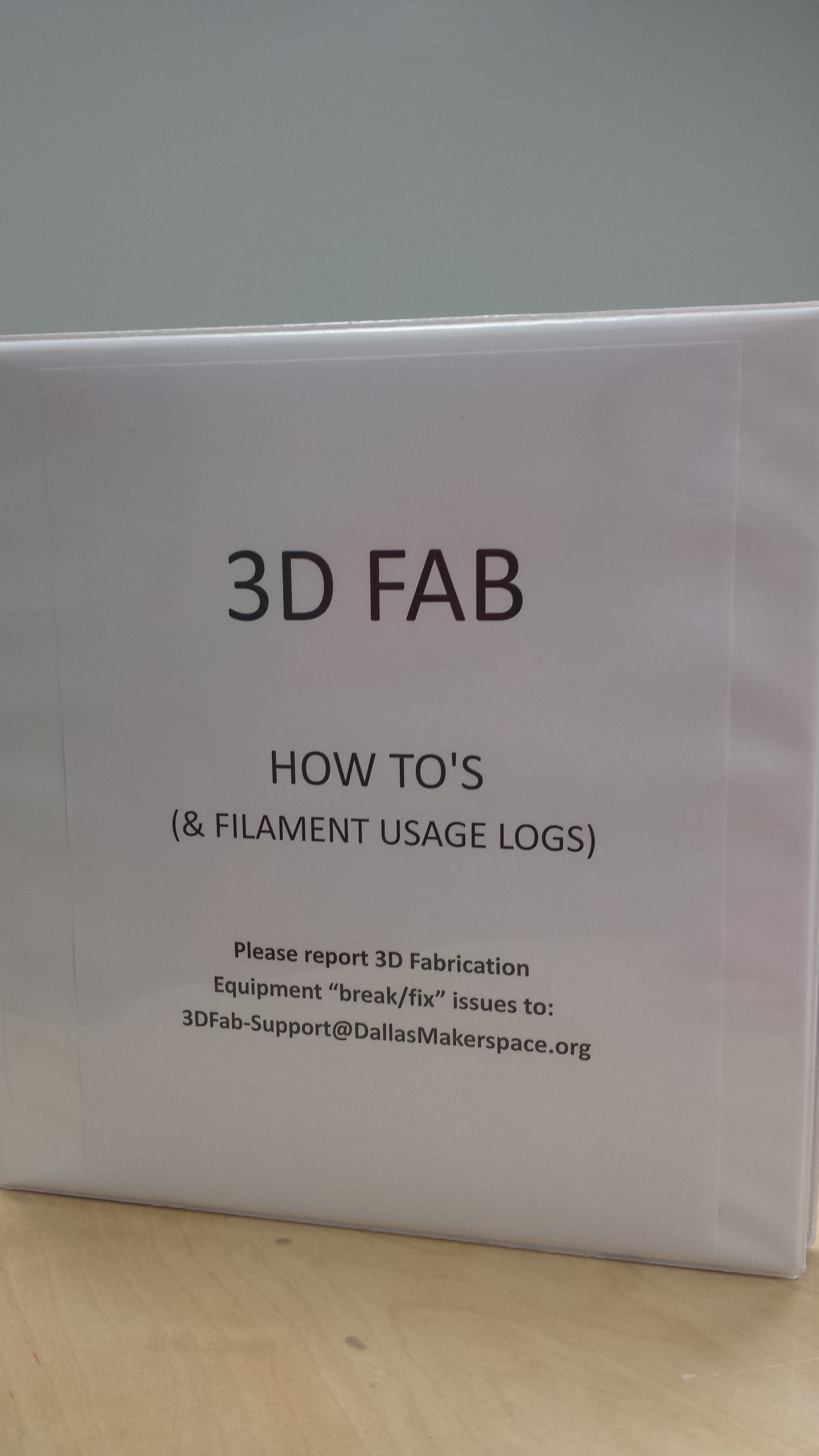Hi Walter (@wandrson)… 
Basically the rules are:
- ABS is the primary type of filament approved for use in the PolyPrinter 3D printers.
- PLA is NOT allowed in them at any times.
- NinjaFlex is approved. The reason there is one printer set-up in particular, is because it requires a different extruder; and, it’s just easier to keep “which” printer we swap the extruder out be the same one each time.
- Any other types of filaments are considered on a case by case basis - which was the case with T-Glase.
I imagine that individuals who purchase their own PolyPrinter possibly use various types of filament - because it’s much easier for individuals/families to control how their printers are being used, etc… However, there are too many variables to make it practical to open the PolyPrinters up for experimentation like that in a general sense at the 'Space ~ where “uptime” and reliability are our priorities with the PolyPrinter 3D printers.
As an example: Several of the Taulman filaments are actually ‘approved’ by PolyPrinter; however, they tend to be very difficult to print with and some (perhaps all?) have a tendency to clog the nozzle ~ which is why we don’t approve them for use on the printers at the 'Space.
As time allows, Mitch and I will continue to work with PolyPrinter on recommended settings, etc… and when we find filaments that are not prone to damage the nozzles, I will consider adding them to the approved types of filaments for use on the PolyPrinters. If/when any new type of filament is approved for use on the PolyPrinters, I will post accordingly.
All that being said… Soon, we will have two additional 3D printers that will be more open for experimentation: The Mendel90 (that is being built by Mitch and co); and, a PrintrBot Metal Simple that has been ordered. Mitch will work out the usage details for the Mendel90, since he’s very familiar with it through building it. I will work out the usage details for the PrintrBot Metal once it’s been built.
Regarding the PrintrBot Metal, my plans are to have a “Midnight Makers” class of 5-6 members help me build it - which will ensure that there are at least half a dozen of us who know how to fix it if/when things come up; then, after it’s been built, allow members to experiment with alternate filaments. Currently, my thoughts are that I will work out something where members can provide information showing they have researched the filament they’d like to use; and, the likelihood that it will work well with the PrintrBot Metal (links to articles where the filament has already been used successfully in a PBM, etc…), then after the information has been reviewed, I will request that the member(s) provide documentation on what works (and doesn’t work). Since many of the experimental types of filament tend to clog nozzles and cause other issues that may require parts being replaced, I will ask that any member using something new in the PBM be willing to replace parts that may become damaged as a result of the experimentation (hopefully it will mostly be isolated to replacing nozzles, but I will likely keep it open ended to cover hot ends, etc… that may be damaged due to carelessness, etc…)
For those who may be wondering… The reason the PrintrBot Metal was selected was due for the most part because of the following three factors:
- Price point (we could afford it without having to ask the Board for help.
 )
)
- Durability (it’s Metal - less likely than most of the other kits in the same price range to become damaged/destroyed).
- Support/Documentation/Community/etc… (it’s popular, tons of documentation, lots can be done with it!)
I hope this helps clear up any confusion!
Thanks!
Lisa





 )
)